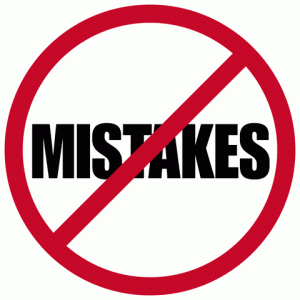12 Non-Content Writing Steps to Improve Your SEO
Google has recently updated its newest algorithm. This has left many SEO companies and online marketers scrambling to determine how to best comply with Google Penguin requirements. However, attempting to pin down specifics about a Penguin update and craft content to fit might be missing the bigger point of effective search engine optimization: it’s about proper on-site SEO practices along with content.
So what are some of the steps that you can take to assure that your on-site SEO meets the best practices for Google?
Check for malware: You don’t engage in black-hat SEO, but if you have malware or someone running a rogue site through your site, the damage could be just as severe for your SEO reputation with Google.
Write short titles and description: Don’t have them go on too long or repeat information. Keep them short and don’t over-optimize tags.
Check your anchor text: Much like with title tags and descriptions, you want to avoid overusing your keywords or optimizing them too often.
Axe spammy user content: Comments on blogs posts are a good thing for organic search engine optimization; however, Google is now punishing sites that allow spam postings on sections of their site such as blog comment sections.
Increase page speed: A fast-loading site makes Google work faster; therefore, page speed optimization makes Google happy and it appears to improve a website’s SEO.
Cut useless optimization: Don’t bother over-optimization sections like headers and footers with the hope that “more is merrier.” It won’t help your ranking and in fact will likely lead to penalties.
Review your links: Penguin 2.0 has reduced the threshold of what they consider too many “spammy” inbound links on a site from 80 percent to 50 percent.
Check internal cross links: It’s easy to have links on one of your sites go to another site you own or partner with; check your links so you don’t get punished by Google.
Be smart with your alt image attributes: Put more of your content marketing services into alt image attributes than you are now: Google can give it as much weight as actual text.
Don’t overload ads: Having too many ads on your site – especially high – is frowned on by Google.
Add 301 redirects: Links that lead to dead ends tell Google that your site is not properly maintained.
Review crawl rates: Make sure that Google spiders are able to follow your site correctly.
 Posted on July 2, 2013
Posted on July 2, 2013
 Posted on June 17, 2013
Posted on June 17, 2013
 Posted on May 20, 2013
Posted on May 20, 2013
 Posted on May 15, 2013
Posted on May 15, 2013
 Posted on May 9, 2013
Posted on May 9, 2013
 Posted on May 7, 2013
Posted on May 7, 2013
 Posted on April 15, 2013
Posted on April 15, 2013